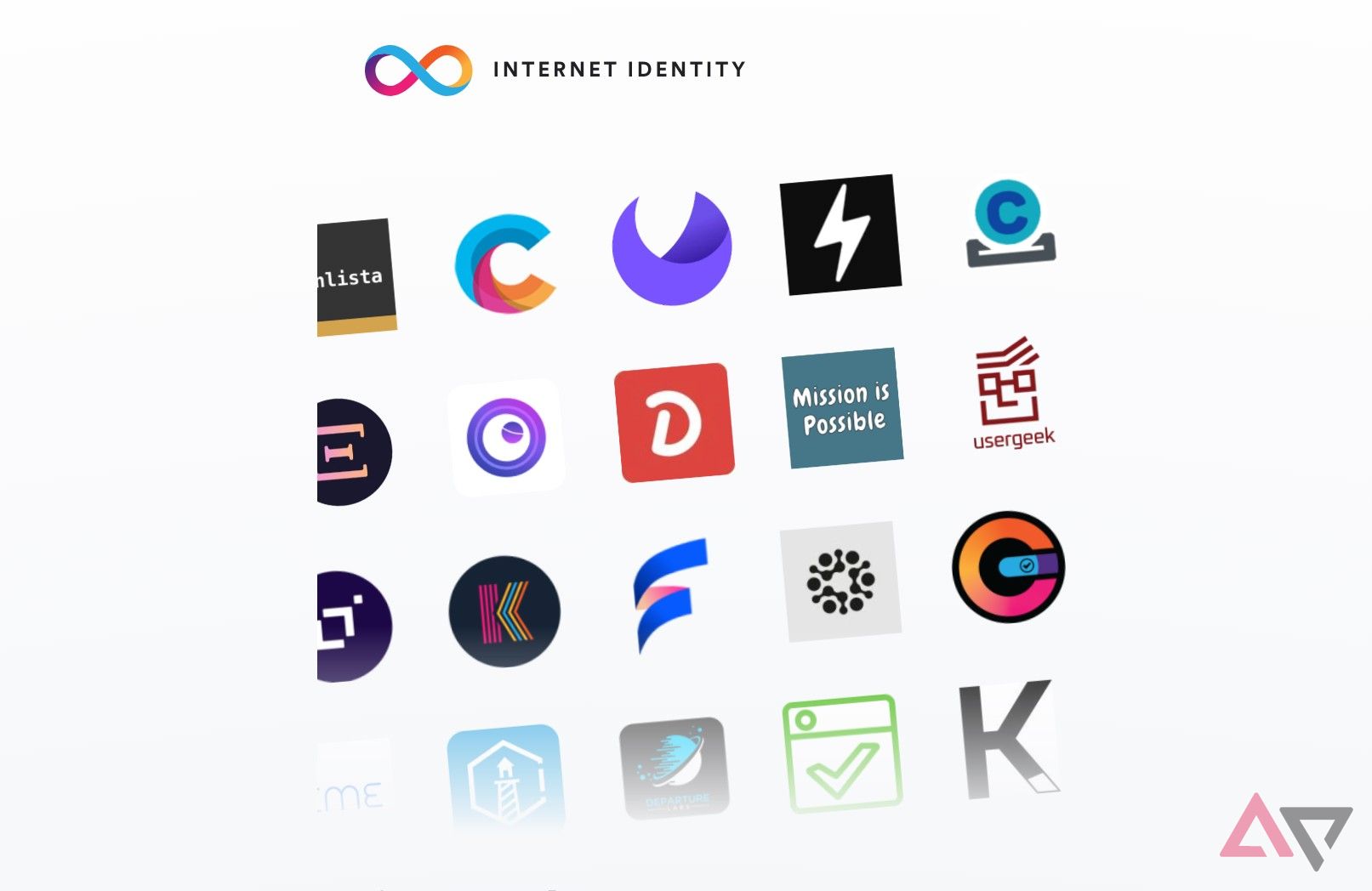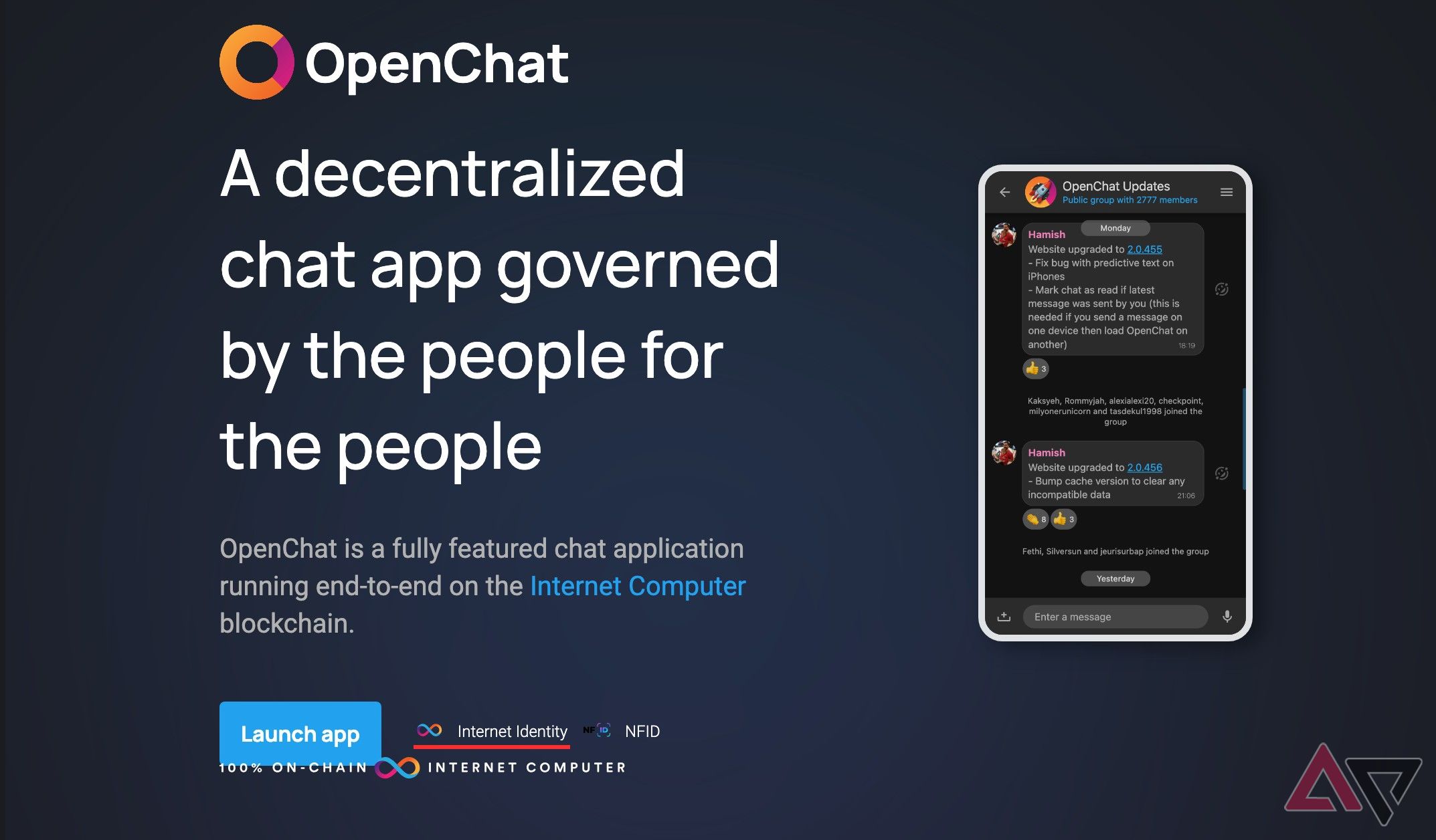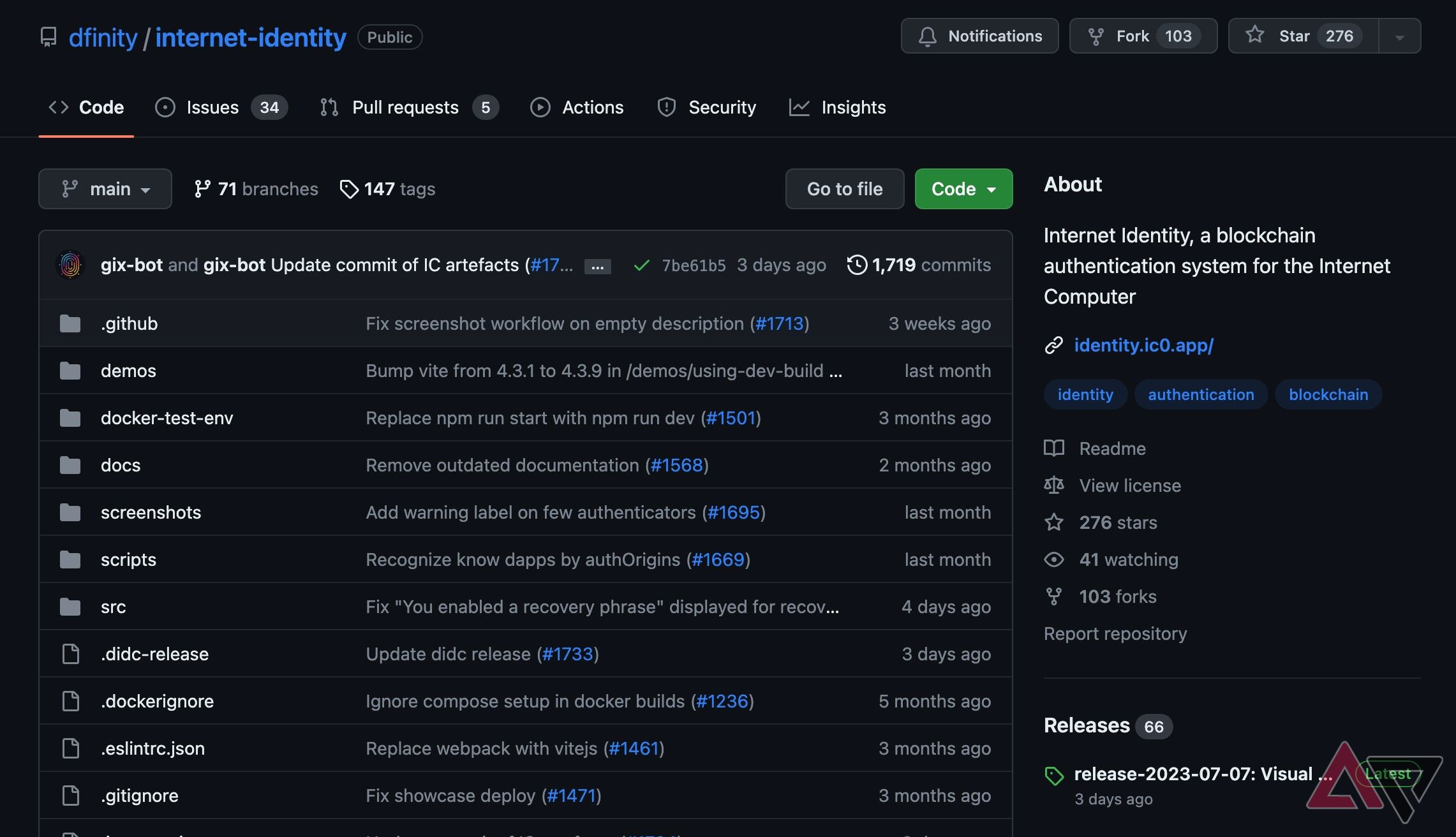Passwords are difficult. Even with password managers to generate and autofill them, they’re still a hassle to use for all the day-to-day logins in our lives. The problem is that there are no great alternatives. However, Web3 engineers at the DFINITY Foundation are working on a promising alternative. It’s called II or Internet Identity, and it could reshape our online security. Here’s what we know.
What is Internet Identity?
It’s a Web3 service (things using blockchain computing) that allows users to create an “anchor” for their physical devices, allowing them to access compatible services securely. Instead of using password protection, Internet Identity uses a chip on modern devices to automatically generate one-time access keys protected with Chain Key encryption.
Think of it as a new and fast way to authenticate yourself when logging into a service. It’s also related to other Web3 concepts, such as the ability to create multiple online identities for yourself, hence the name. It also hides your fingerprint, protects you from identity theft and other benefits. All of this is enabled under the DFINITY Internet Computer blockchain project.
How does Internet identity work?
It’s a bit technical. However, it might look familiar if you’ve used other passkey technologies. Users create an anchor identity embedded in the Internet Computer blockchain and assign devices to that anchor. These devices use a special TPM chip to generate hidden passkeys to access Web3 services or dapps (decentralized applications).
These passkeys are enabled through biometric authentication or a similar type of security process (think Face ID) that doesn’t require a password. Thus, a handshake protocol combines a public key and a private key, allowing users to log in to compatible services automatically.
This approach has several benefits when protecting your identity online. First, there’s no password to hack, and even the TPM passkeys are entirely private, so no one else can access them when you log into a service. It’s really great for data security! And because a new session is created for every login, it’s harder for anyone on the other end to keep track of what people are doing.
So it all depends on the blockchain stuff, right? It’s safe?
Yes, it is based on Web3 and blockchain technologies. However, unlike other headline-grabbing stories involving blockchain boondoggles, this is all pretty innocuous stuff. You don’t need to own a blockchain token to use Internet Identity. You are paying for nothing. The developers pay for the blockchain calculations on their end. The process was designed to stay away from financial motivations and focus on privacy.
However, it’s very much a part of the Web3 world, and that association can lead to a lot of technological nonsense and more dubious applications. But you don’t need a direct investment in the blockchain to make it work, and no one is trying to sell an idea on the cheap here.
What does Internet identity work with?
Internet Identity works only with services supported through the Internet Computer Protocol. In other words, Web3 dapps and little else. DFINITY and others are betting that blockchain authentication techniques like this will soon become the norm and that its protocol, in particular, will be widely supported. But that’s a big “if” right now, with a lot of unknowns, although the service has a lot of potential.
This is probably Internet Identity’s biggest weakness. It is generally meant for Web3 compatible dapps like OpenChat. You should visit each of your apps and logins and check if they support this type of Internet Computer technology. Many of them, including popular social media, probably won’t unless you are deeply rooted in the world of blockchain technology.
What authentication devices do I need for Internet Identity to work?
Here’s the good part: Your average biometric login will do. This may include fingerprint readers, facial identification features and other technologies found on our everyday devices. For those who want a little extra, Internet Identity supports real-world passkey technologies like Yubikey to protect your digital identity.
Does Internet identity cost anything?
No. It’s completely free and open source. This is an important part of the service, as it emphasizes the privacy and transparency of your data.
Is all of this better than passwords?
Internet identity is more convenient when using dapps and is very secure. It also makes it harder for big tech or social media companies like Google to profile you, but if you use dapps, that’s probably not a big deal. And it provides an easy way to create multiple social identities for more privacy. You don’t even need to provide any personal information to use it. However, this also means that it’s important to properly manage your recovery options in case something goes wrong.
Keep in mind that while you cannot be tracked using this method, it does create a trail within the blockchain. Theoretically, only you can access it with your seed phrase (that’s the point), but it exists separately from your physical devices.
How do I get started with Internet Identity?
You can visit the site and create an anchor whenever you want by following the step-by-step directions from your search engine. You’ll need to authenticate and choose a recovery method such as a seed phrase or security key. So you’ll need to add specific devices, like your Android phone, to your Dock in order for them to work properly. If you are concerned about the details, visit their code on GitHub or ask the community for more information.
Now you know what to expect with Internet Identity
Internet Identity is worth your time if you use Web3 services or are interested in adopting privacy-friendly dapps. Its future, like the future of all Web3 right now, is still murky, but it’s a solid foundation for authentication software. Furthermore, it is completely free to use and does not require any blockchain investment scams to work. This is the Web3 approach we like to see, although Internet Identity has yet to prove it’s a good step forward for the latest decentralized Internet businesses.
#Internet #Identity #work
Image Source : www.androidpolice.com



